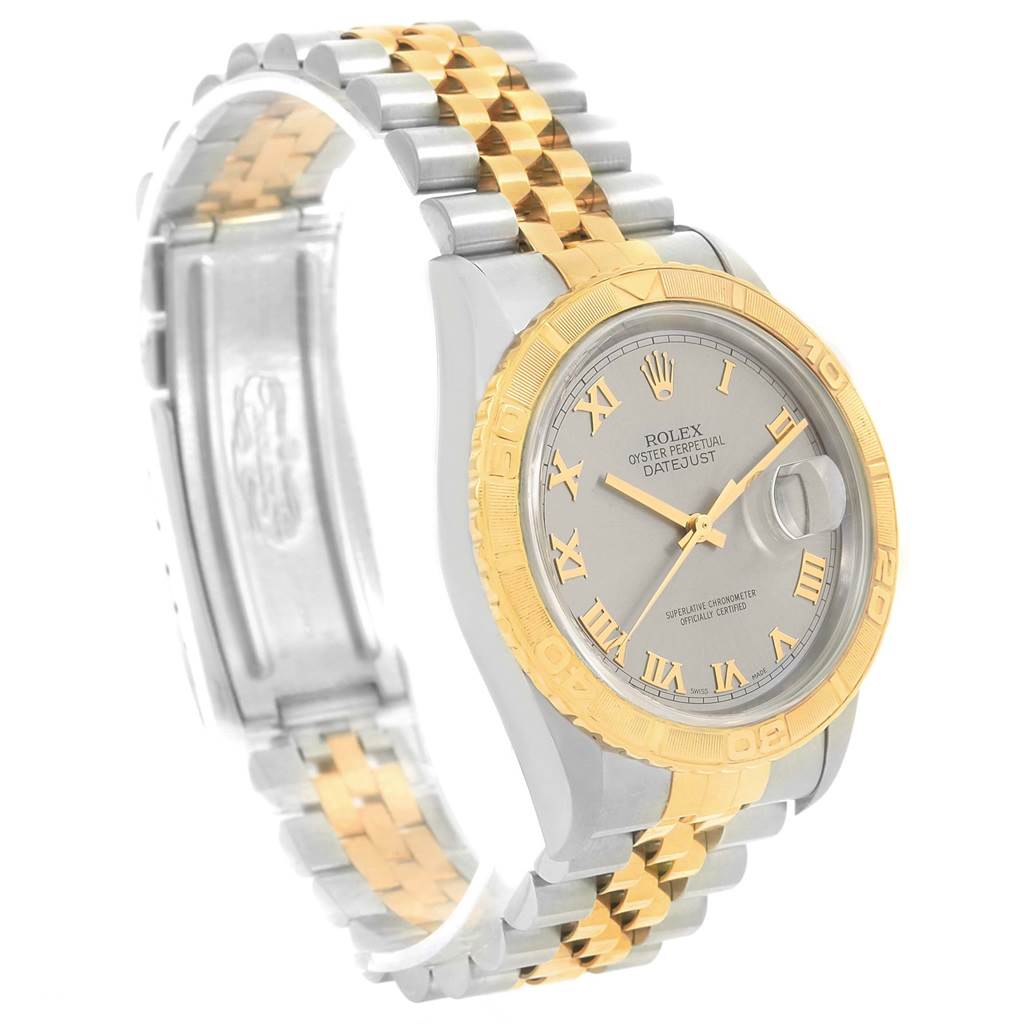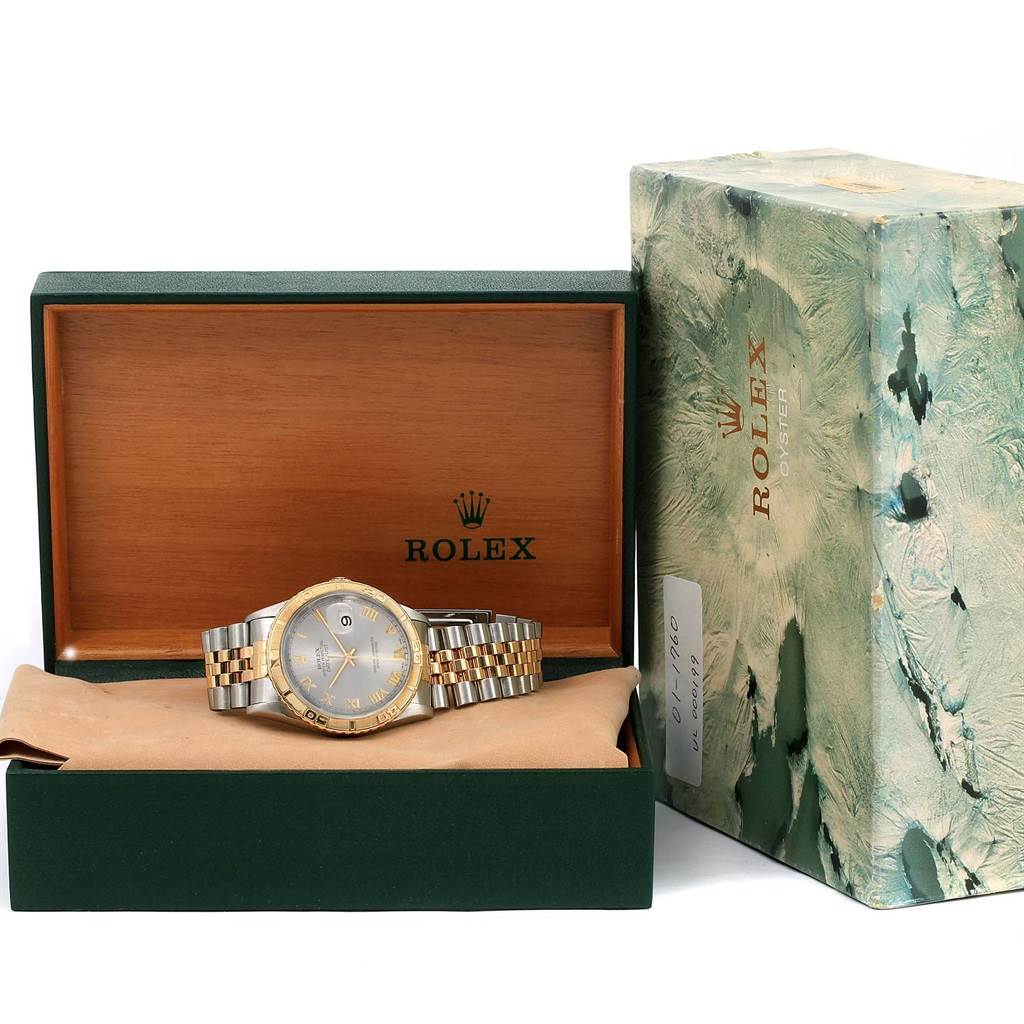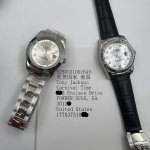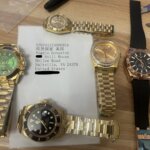The Submariner, launched in 1953, was the first diving watch to be water-resistant to 100 meters (330 feet), and the fake Rolex Submariner Date, established in 1969, had a date function in addition to the time. The water resistance of both watches was later increased to 300 meters (1,000 feet). Thanks to their renowned ruggedness, they have transcended the depths of the ocean to become the watches of choice for various sports and other activities. 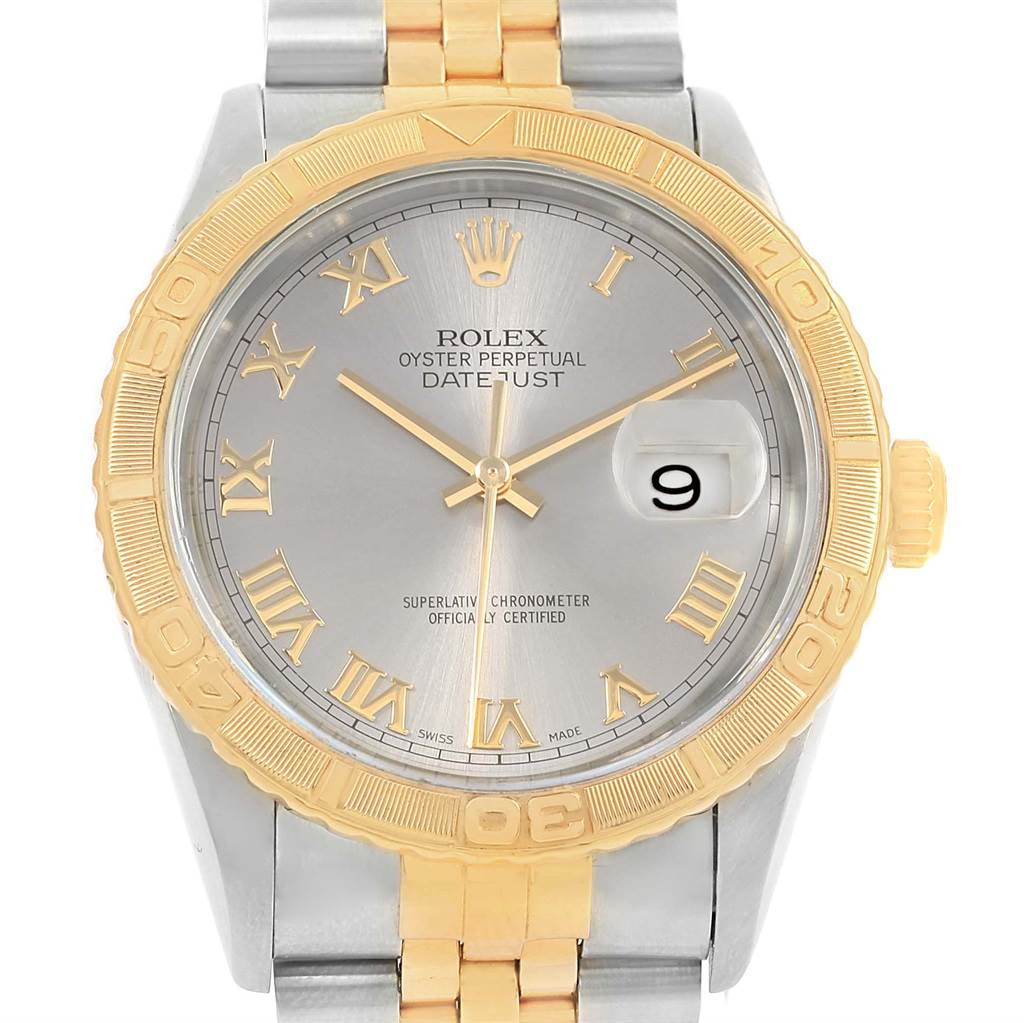
As an underwater survival tool, the Submariner’s design was entirely dictated by the practical needs of divers. The watch has evolved technologically and has been given features that improve its overall functionality.
With its 41 mm Oyster case, its unique dial with large luminous hour markers and hands, its unidirectional rotating bezel, and its Oyster strap, the Submariner and Submariner Date is among the most recognizable replica watches ever made. In terms of solid visual recognition, the Cerachrom graduated bezel insert made of high-tech ceramic is the key to its functionality. Its 60-minute scale allows divers to monitor dive time accurately.
Rolex Submariner in gold and stainless steel
The Oyster case of the Submariner and Submariner Date guarantees water resistance to a depth of 300 meters (1,000 feet). The Triplock winding crown, fitted with a triple water-resistance system, is screwed tightly onto the case to enhance water resistance. 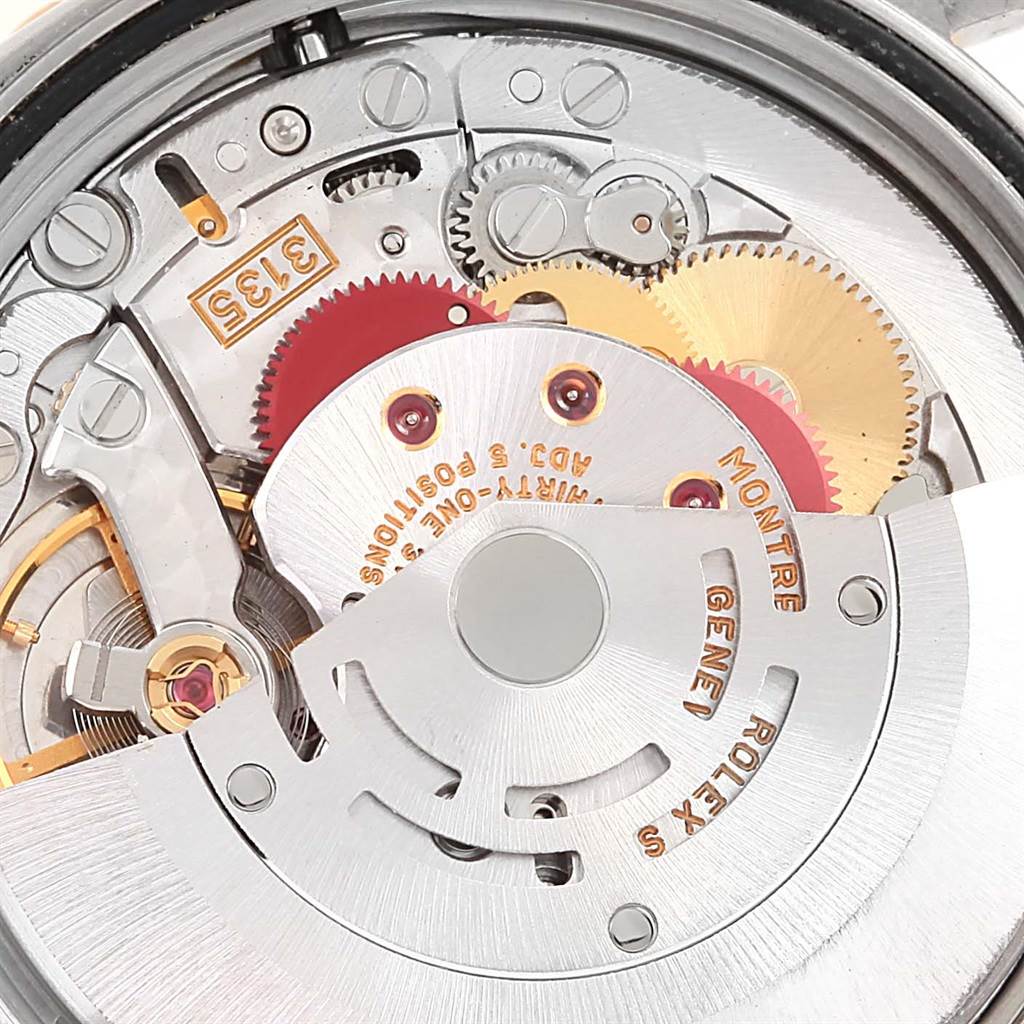
Designed to be robust and comfortable, the Oyster bracelet is equipped with an Oyster safety clasp that prevents accidental opening and the Rolex Glidelock extension system that allows fine adjustment of the bracelet length without using any tools.
The Submariner and Submariner Date are equipped with the calibers 3230 and 3235, respectively, self-winding mechanical movements entirely developed and manufactured by Rolex. Their construction, manufacturing and innovative features give them a unique level of precision and reliability. The power reserve of both movements is extended to approximately 70 hours.
The replica Rolex Submariner was specifically designed for underwater exploration and diving. When it first emerged from the Rolex workshops, the watch immediately found favor with many deep-sea experts who were asked to put it to the test. One of these pioneers was Dimitri Rybikov, a French engineer and underwater photographer. In his 1953 report, Rebikoff wrote that it had performed admirably in the tests: “We were able to confirm that the watch was not only completely satisfactory under extremely difficult diving conditions, but that it was particularly lethal for the materials used, and that it had proved to be an indispensable accessory in all dives with independent equipment.”
